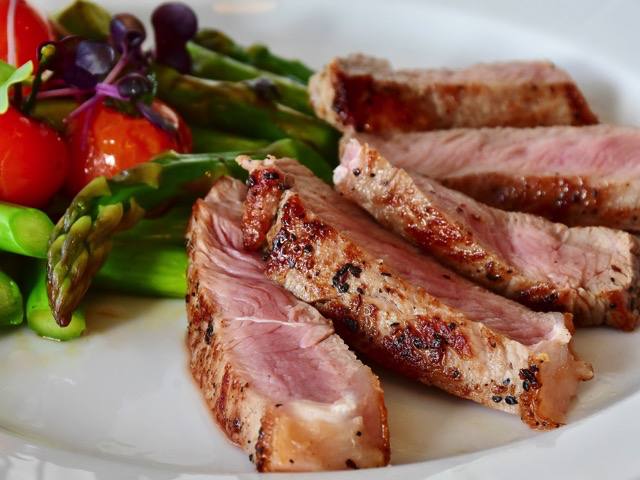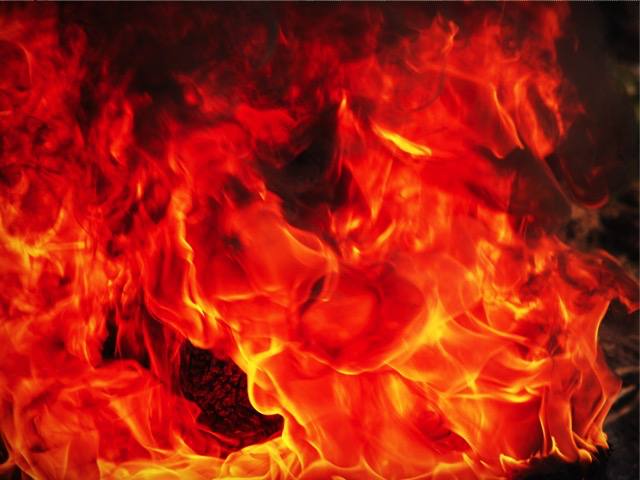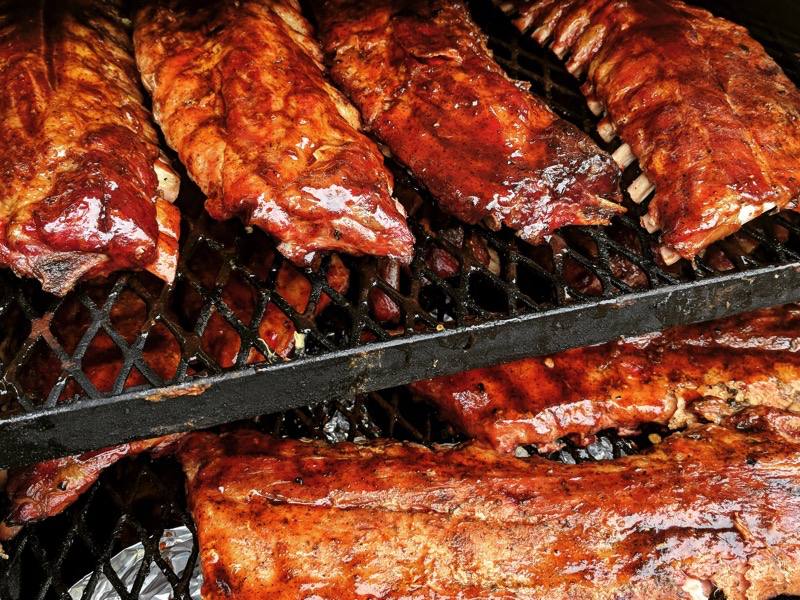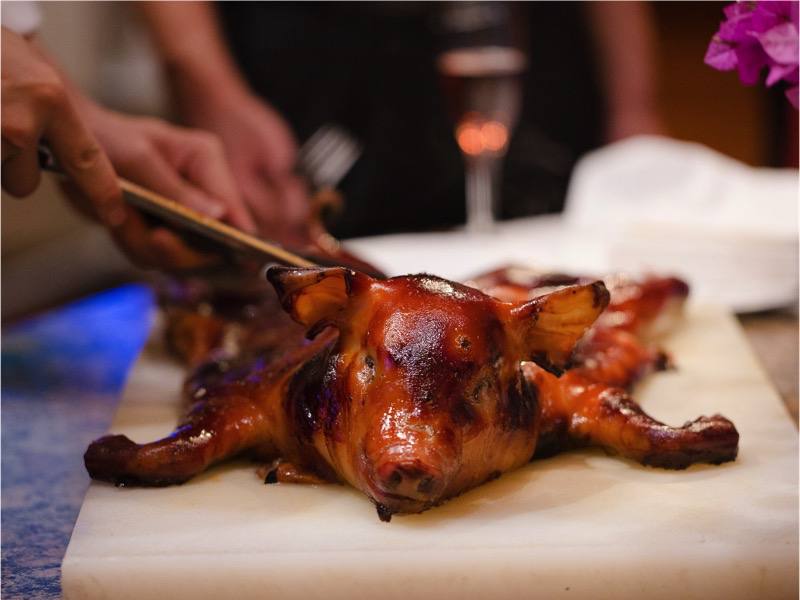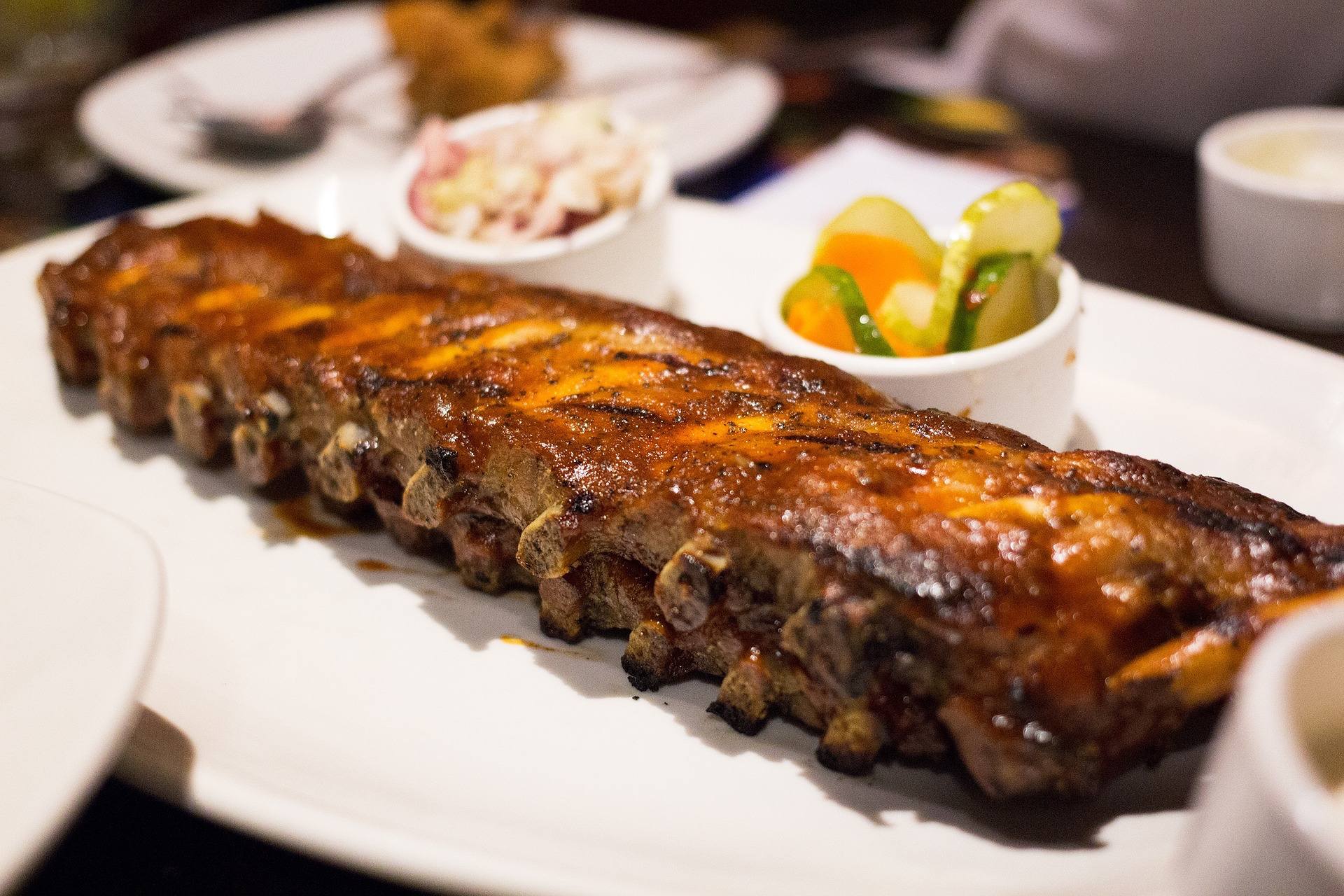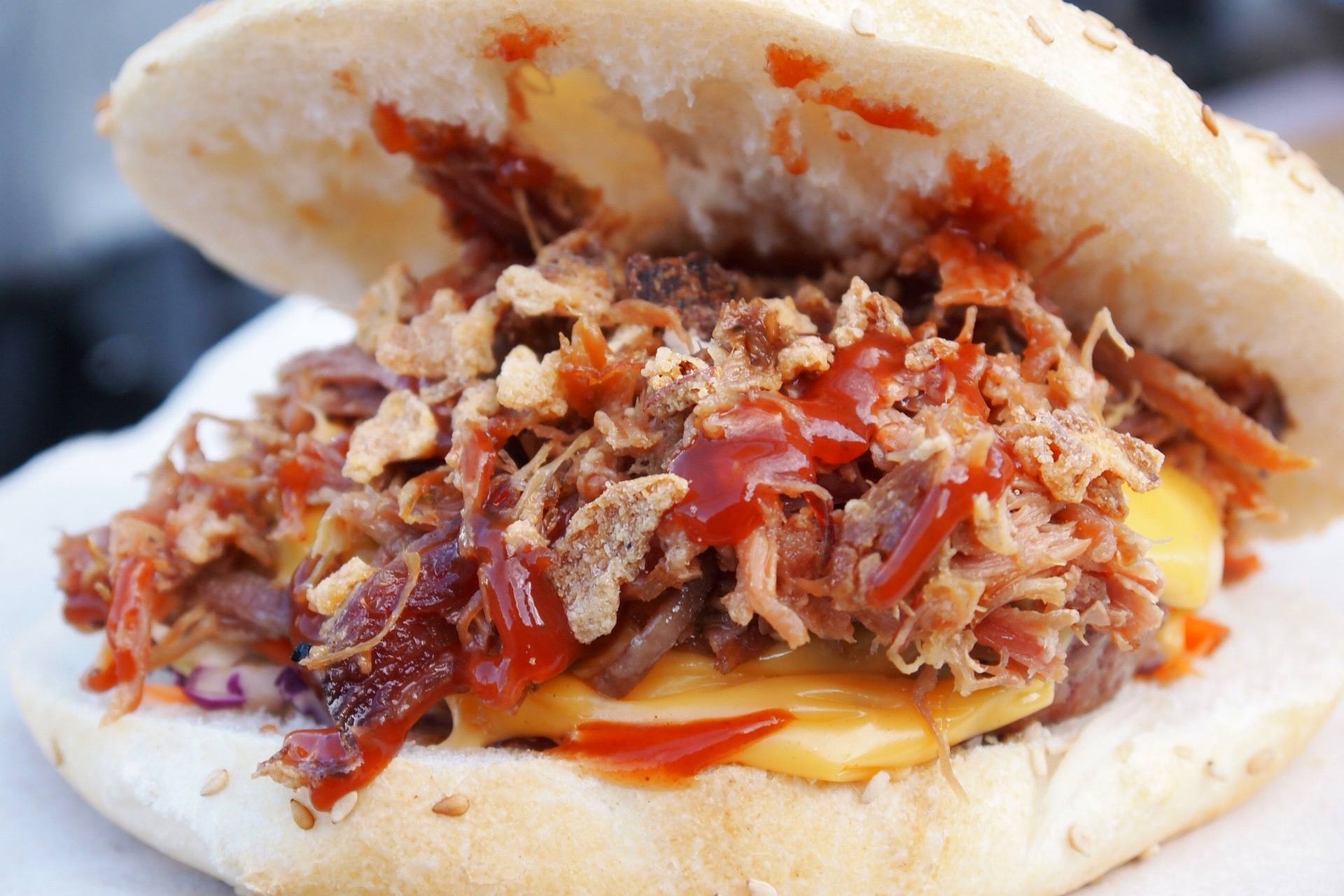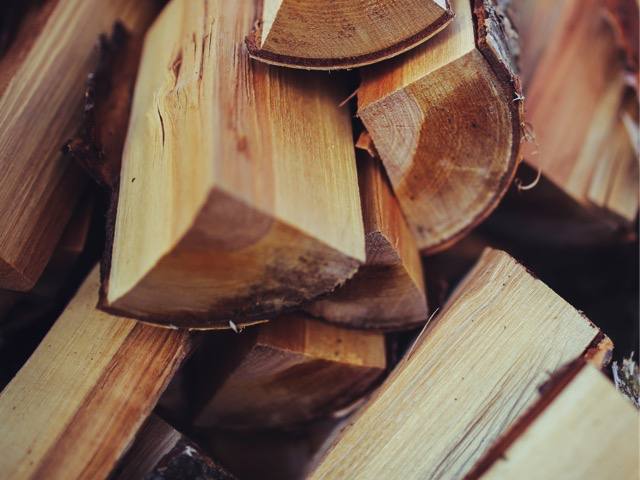Day 6: Introducing A Revolutionary Method To Master Reverse Seared Pork Chops.
Remember that time when we did that one recipe with a gas grill? Me either so that’s not the revolutionary method, but I’ll tell you what is; cold smoking that delicious hunk of pork that we call a pork chop and then sizzle it on both sides to create a delicious, mouth watering, morsel of delectable perfection. I’m bout to blow your mind.
So there’s a few things to remember here.
- You’re gonna need an effective way to slow smoke or cold smoke the pork chops to an internal temp of say 130 degrees or thereabout.
- You need pork chops.
- We’re going to use Jim Quessenberry’s Sauce Beautiful White and Hickory Rub so head over here and order those.
- Get some asparagus or some other kind of fancy veggies that you want to steam, smoke, or grill.
- Lemon Juice or fresh lemons and some butter.
- A hot flat iron skillet.
So first things first, let’s get a nice indirect heat source, preferrably with charcoal or a fruit wood for added flavor and let it mellow out to some nice glowing coals. You don’t want to flame kiss the chops. This part is important for the preparation and flavor. Use a water pan or a divider if you have to but we’re seriously only looking for a smoke source with a little bit of heat.
Next, while that is underway, make sure the pork chops aren’t some “bargain bin 5 for $25” pieces of thin boot leather. Get some 1/2” to 3/4” thick cuts. Don’t be a cheapskate. If you wanted pork jerky you could have gone to a gas station. Let these dudes rest up to room temperature. That will allow the meat to absorb the smoke better when you place them on the heat source.
Now that you’ve let them rest and the fire has a nice glow, place them indirectly over the heat source and let them get some of that fruity goodness of those apple chips smoking. Do this for a few minutes until the inside temp of the chop is like 125-130 or so and then remove them and let them rest once more.
While they are resting, stoke up your fire to a really hot temp and put your trusty ole flat skillet directly over the heat to get damn near red hot. While that’s in progress, dash some Hickory Rub on all sides of the chops while glazing them with a little bit of butter. Let that sit for a minute or two.
Once the surface of the hot plate or iron skillet is extremely hot, drop the chops on it and let them sear for up to 2 minutes on each side. This will tap all the juices in and crust up the seasoning on each side for a flavorful bark. Remove them and place in a warmer or indirect heat chamber while the veggies are being done.
For the veggies, a buttery grilled medley of asparagus, brocolli, cauliflower, and red cabbage will make a savory dish worthy of a five star restaurant. If you are wanting a contrast with a more natural flavor from each vegetable, simply opt for a steamed version of the medley. Top with some cherry tomatoes and you’ve got a side. If you want to add a little starch, go for rice pilaf or scalloped sweet potatoes.
Once the sides are ready and the chops have been seared, plate them with a drizzle of Jim Quessenberry’s Sauce Beautiful White* over the chops with a spritzer of lemon juice over the entire plate. Serve and enjoy.
*Jim Quessenberry Sauce Beautiful White is not affiliated with Reid Martin’s Sauce Gorgeous El Blanco.
Oh by the way, the revolutionary method is to allow the meat to rest between cook times. This may not be obvious, but when you do it right and realize how good it all turned out, you’ll see what I mean. In a fast paced world, sometimes you have to savor the flavor to enjoy things.

